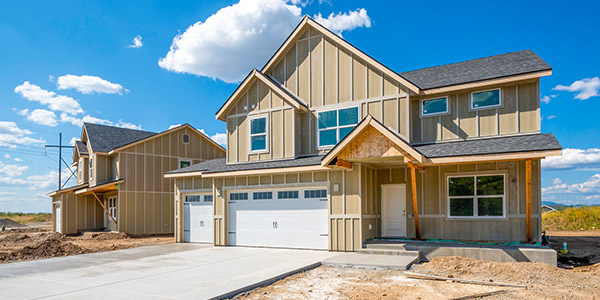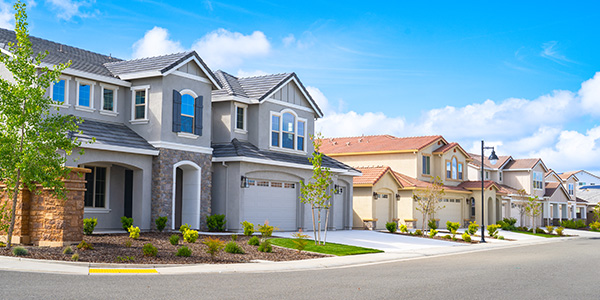Homebuyers
How to Finance New Home Construction
March 6, 2014
When you want the home of your dreams, sometimes you just have to build it. Doing so allows you to create an environment tailored to your family's exact needs, wants, and lifestyle. The building process often comes with challenges, but for thousands of families every year, the result is well worth it.
Financing new home construction is dramatically different than financing the purchase of an existing home. New home construction carries with it more risk to lenders as they are making a loan based on intention rather than a tangible structure. Many things can change through the course of construction… cost overruns, employment status, building delays, and market upheaval. Your builder could even go out of business. This uncertainty causes lenders to be more cautious.
Because of the added risk, your lender will likely require you to have more equity in the purchase, which may be in the form of land equity or a higher percentage down payment.
When considering the loan amount, make sure you look at the full cost to complete the project. Beyond the hard costs of building materials, labor, and contractor fees, there are soft costs including site plans, permits, blueprints, etc. You should also factor in the cost of the land and any necessary land improvements such as utilities, sewage, and site grading. Most lenders also add a 10-15 percent reserve to accommodate unforeseen expenses.
New home construction financing generally requires a bit more paperwork than financing an existing home. In both cases, lenders will want to see proof of employment, credit scores, and your debt-to-income ratio, but with new home construction, they will also expect to review the deed or contract for the land, the construction agreement with your builder, and licensing and references for your general contractor.
Comprehensive home plans are another important part of the equation. Plans are commonly sent to an independent appraiser to determine the projected value of the completed home based on square footage, floor plan, composition, and amenities compared to other homes recently sold homes in the area.
Once your loan is approved, you move on to closing. At closing, you will receive a series of documents to review and sign outlining the legal obligations of your loan. At that point, you will need to provide the agreed-upon amount for the down payment and any closing costs.
Unlike loans for purchasing an existing home, in which funds are generally paid by the lender as a lump sum, new home construction funds are distributed in "draws" across the life of the construction process, generally 6-9 months. These draws are used to pay the builder for progress made to that point. Typically, the lender will send an inspector to the home construction site to ensure adequate progress is made to justify the current draw.
Most construction loans are structured as interest-only, meaning you pay only the interest amount each month during construction. The remaining amount from the construction loan is then rolled into a permanent home mortgage once the house is certified for occupancy. In some cases, this requires two separate loans — and two sets of closing costs, but some institutions, like New American Funding, offer construction-to-permanent loans that automatically convert, saving you time and money.
Building a new home is exciting and rewarding. Not only will you end up with a home that's a perfect fit for your lifestyle, but you'll also enjoy the pride that comes with knowing your vision guided the entire process.





 Smart Moves Start Here.
Smart Moves Start Here.